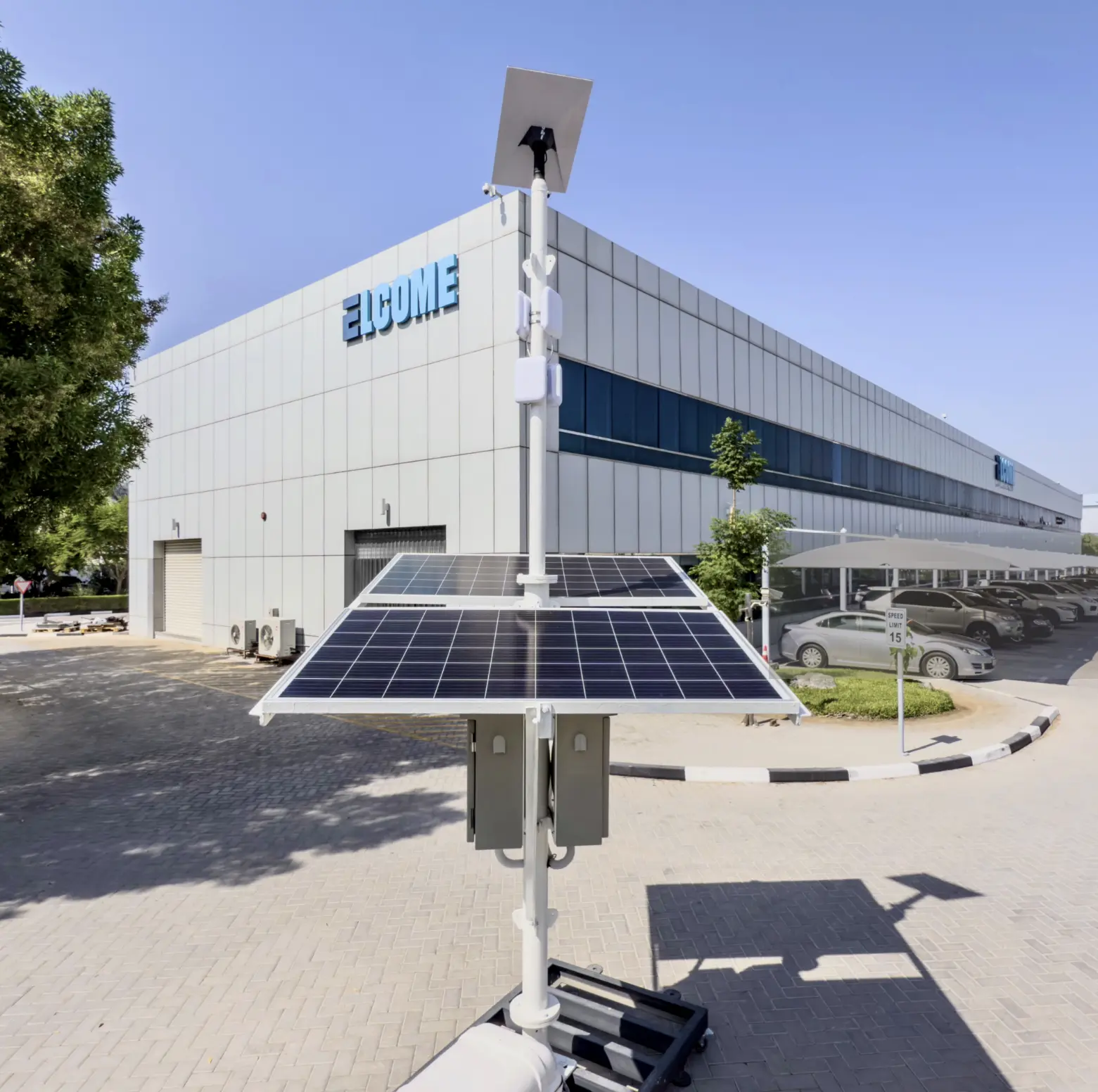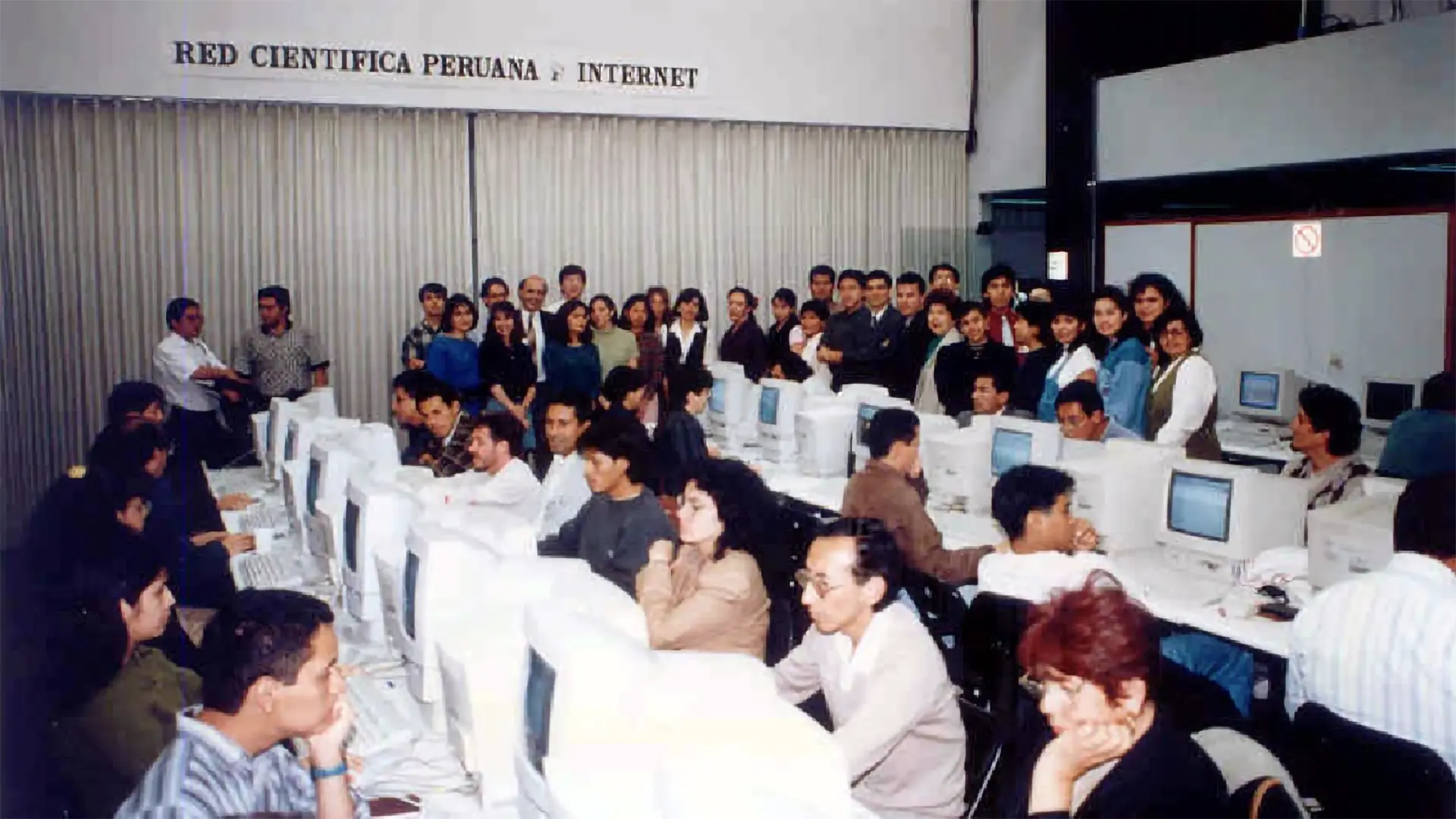


|
||
|
||
WELCOME community WiFi service is now available in Kenya and it might be a game changer like public access telecenters and WiFi hotspots were in the past.
Starlink launched maritime service in July 2022, and by January 2023 Elcome International LLC, a maritime technology solution provider since 1970, had installed multi-antenna Starlink Maritime arrays on two super yachts with more than 100 passengers and crew. Elcome launched its Starlink maritime service in May 2024 and now has over 3,000 terminals under management.
In May, I had a positive experience using Starlink on a cruise ship off the Northwest coast of Africa. The ship had 264 passengers and a crew of 120. We were a small, floating community. Elcomm is now transferring its experience with maritime communities to communities on land.
Elcome Managing Director Jimmy Grewal set a goal of “creating a Wi-Fi hotspot service that I would be happy to use daily, and be proud to show my friends” and is “very passionate” about their WELCOME Community WiFi service for rural areas. WELCOME in Kenya is offered as Karibu Connect. (Karibu means welcome in Swahili).

The solar-powered gateway shown here provides over 400 Mbps to roughly a square kilometer. They offer two configurations:
WELCOME PRO
WELCOME MAX
They offer several data plans and say some customers will qualify for free hardware. They do not specify the requirements for free hardware, but it may be a function of the data plan or other factors like whether or not it is a non-profit organization. This is the pricing model pioneered by Gillette—give them the razors and sell them the blades and whatever the price of the “razors” is, the prices of the “blades” will decline as competition comes online and constellation capacities increase.
Starlink has a huge first-mover advantage over its would-be LEO ISP competitors, but OneWeb offers service-level agreements (SLAs) that will be attractive for organizations like schools, clinics, government offices, and businesses as well as public access telecenters and WiFi hotspots. It has been reported that Starlink plans to offer SLAs to maritime customers and perhaps other markets in early 2025. This makes sense since there is relatively little contention for capacity at sea. The same is true for rural areas in developing nations, so they may also offer SLAs in Kenya and elsewhere. (Note that Intelsat has strengthened its maritime partnership with OneWeb).
OneWeb may also have a political advantage in India due to the influence of the Bharti family and concern over Elon Musk’s political activity Political concerns may deter reliance on Starlink in other nations as well. Might WELCOME offer a OneWeb-based terminal or even a Chinese Qianfan-based terminal one day?

Public-access telecenters and later WiFi hotspots played a significant role in the early diffusion of the Internet in developing nations. The first telecenters I knew of were the public-access Internet “cabins” established by Jose Soriano of the Scientific Network of Peru, starting in 1994, and Andy Carvin documented many other early telecenters.
By 2002, there were 6,446 telecenters in Latin America and commitments for another 4,187 and they still play a role. For example, ChatGPT says Cuba has over 600 public “navigation” rooms and 2,000 public WiFi hotspots as of 2024. (I could not access the websites of Cuba’s government-run ISP or the National Statistics Office to verify that claim).
Starlink and other LEO satellite Internet service providers may bring connectivity to many rural communities that can not be reached economically with terrestrial infrastructure.
Update Dec 14, 2024:

It is too soon to tell whether Welcome community wifi will catch on at today’s Starlink speed and price, but we can be sure that price-performance will improve in the future. SpaceX recently requested a modification of the Starlink V2 constellation lowering orbits and elevation angles slightly and claiming they would provide “gigabit speeds,” Elon Musk predicted a 10X speed increase and SpaceX President and COO Gwynne Shotwell predicts 2 Gbps speed. Speeds will vary depending upon your location, but the next generation satellites will offer a substantial improvement, making the case for satellite vs terrestrial backhaul from rural locations stronger.
Update Jan 16, 2025:
Karibu Connect reports that the Kenyan Technical and Vocational Education and Training (TVET) has funded connectivity for four rural TVET schools to the Internet. They report that enrollment rates increased by over 70% at some institutions, demonstrating how access to technology has sparked renewed interest in education. for example, Nachu TVC launched the Jitume Program, a youth-focused initiative offering access to digital services, skills, and job creation opportunities through technology.
Karibu Connect is just getting underway and is looking for support from nonprofits, government organizations, or philanthropists, so it is too soon to draw conclusions as to its impact on rural education, but it certainly bears watching.
Sponsored byRadix

Sponsored byIPv4.Global

Sponsored byDNIB.com

Sponsored byVerisign

Sponsored byVerisign

Sponsored byCSC

Sponsored byWhoisXML API
